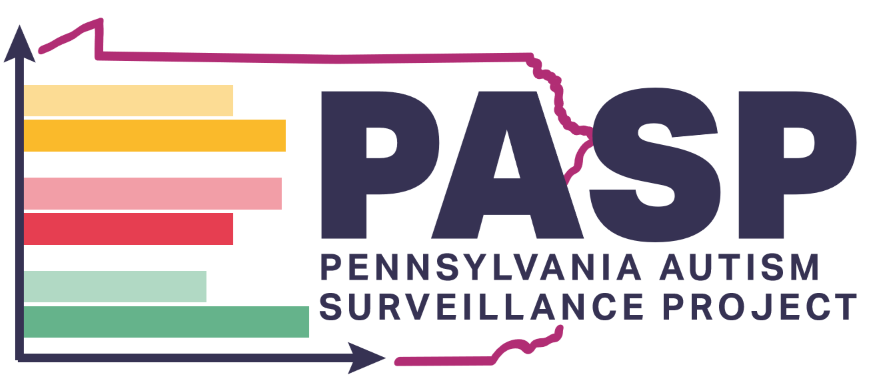
Pennsylvania Autism Surveillance Project (PASP)
The Pennsylvania Autism Surveillance Project (PASP) is a cross-agency collaboration between the Pennsylvania departments of Human Services (DHS), Education (PDE), and Health (DOH). PASP is conducting public health surveillance as part of the Autism Developmental Disabilities Monitoring (ADDM) Network, under funding provided by the Centers for Disease Control and Prevention (CDC). The ASERT Collaborative will provide support and partner with DHS throughout this collaboration. Learn more about this partnership by reading the the Sharpiro Administration's announcement.
What is ADDM?
ADDM is the only collaborative network to track the number and characteristics of children on the autism spectrum in multiple communities in the United States.
What are the goals of PASP?
- Improve early detection of autism.
- Improve service delivery for autism across the lifespan.
- Increase coordination of care for children with disabilities across their schools and health care.
- Provide resources to families.
How does PASP work?
Trained PASP staff will review existing evaluation records from health and educational sources in the PASP surveillance area. This information will be used to obtain as complete a count as possible of the number of 4- and 8-year-old children with autism in the surveillance area.
What is the PASP surveillance area in Pennsylvania?
In accordance with Family Educational Rights and Privacy Act (FERPA), Individuals with Disabilities Education Act (IDEA), and the Health Insurance Portability and Accountability Act (HIPAA), PASP will review information from 4-year-olds and 8-year-olds in Chester and Delaware counties.
How can PASP benefit PA communities?
- Provides a snapshot of autism prevalence in our state.
-
Supports linkage to information and DHS supports and services.
How can I contact PASP?
Send an email to
RA-PWPASP@pa.gov for more information.
Resources
-
CDC (Center for Disease Control and Prevention)
-
PASP (PA Autism Surveillance Project)
-
ASERT (Autism Services, Education, Resources, Training)
-
LTSAE (Learn the Signs, Act Early)